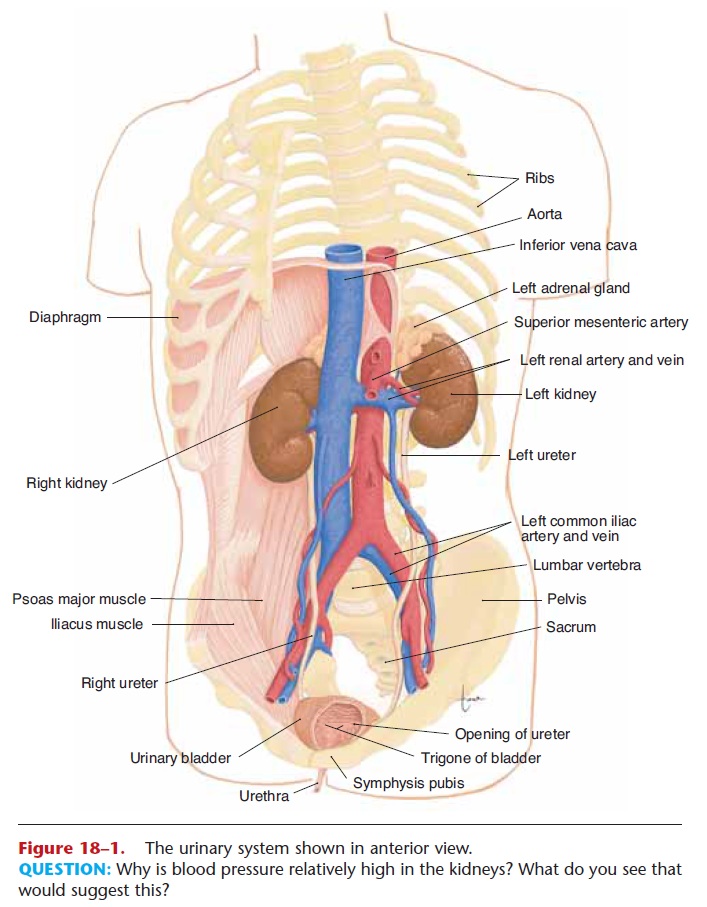Chapter: Essentials of Anatomy and Physiology: The Urinary System
Aging and the Urinary System
AGING AND THE URINARY SYSTEM
With age, the number of nephrons in the kidneys decreases, often to half the original number by the age of 70 to 80, and the kidneys lose some of their concentrating ability. The glomerular filtration rate also decreases, partly as a consequence of arteriosclerosis and diminished renal blood flow. Despite these chan-ges, excretion of nitrogenous wastes usually remains adequate.
The urinary bladder decreases in size, and the tone of the detrusor muscle decreases. These changes may lead to a need to urinate more frequently. Urinary incontinence (the inability to control voiding) is not an inevitable consequence of aging, and can be prevented or minimized. Elderly people are, however, more at risk for infections of the urinary tract, especially if voiding leaves residual urine in the bladder.

Related Topics